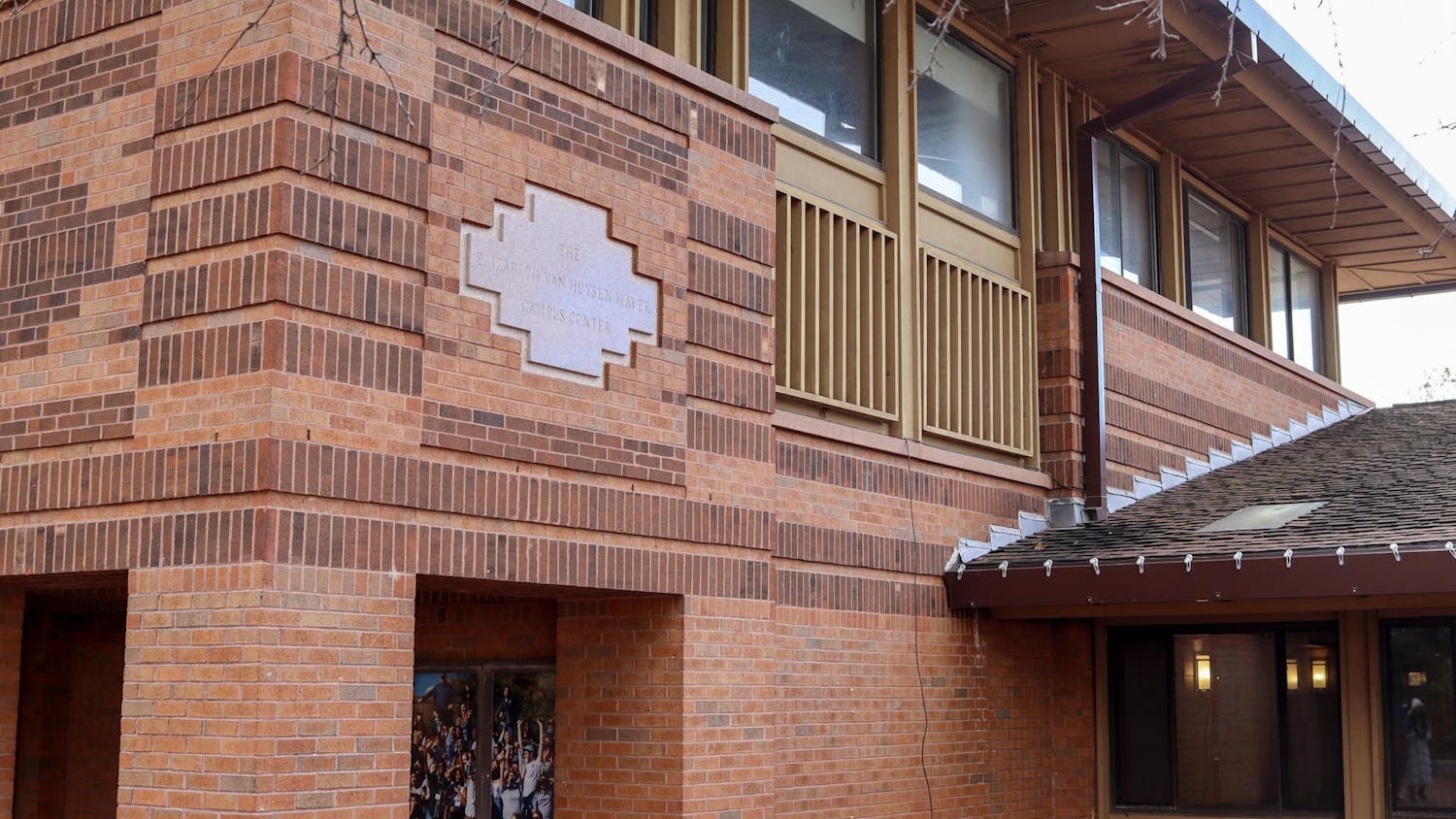The Tufts Community Union (TCU) Senate launched a redesigned Web site this summer aimed at increasing visibility and streamlining students' access to Senate affairs.
TCU Vice President Scott Silverman said that he recognized the need to revive a Web site that was failing to connect students to the Senate.
"It came to me early last year that the … Web site was not adequate in its ability to provide updates and serve as a mechanism of communication between the Senate and the student body," he said.
Silverman pointed to a wealth of data, such as a schedule of Senate meetings and a chart detailing the organization's hierarchical makeup, that the new site makes available.
"There's more information, it's better organized and it's easier to access," he said.
After brainstorming various models for content and design update, Silverman enlisted the help of the Department of Web Communications in renovating and launching the new site, an endeavor that began in mid-July and culminated with its August 21 launch.
Silverman said that Web Communications provided the Senate site's template, the same one that official Tufts Web sites employ. He sought the help of the department after weighing the merits of working within the university against those of contracting an outside company.
The treasury portion of the Web site also facilitates the process of student organizations obtaining funding. It offers paperwork, contact information and instructions directing signatories of student organizations to sources of funding.
TCU Treasurer Matt Shapanka said that the Web site also allows the Senate to remain up-to-speed on its financial transactions.
"It's great," he said. "Our Treasury is up to date and we have the ability to [actualize] it so it's always 100-percent accurate."
Silverman noted the presence of sidebar content, small images and text blurbs that alert students to events around campus and "make the site a little bit more interesting to visit."
The Web site also features a project tracker that displays information on efforts — from Joey trackers to common room renovations — that each senator undertakes after deciding that a particular on-campus issue merits special attention.
TCU Historian Antonella Scarano praised the project tracker as a vehicle for broadening dialogue between students and the Senate, a goal that has made for especially common rhetoric in Senate campaigns of late.
"It's about transparency and letting people know what we're doing so they can interact with us," Scarano said.
In addition to facilitating contact between the student body and its representatives on Senate, the project tracker allows the Senate to monitor its internal affairs, Silverman said.
"The project tracker is an online tool that's used internally by Senate to track what we're working on and keep a log from year to year about progress that's been made on projects," he said.
The project tracker also boasts a search engine, supported by a broad database, that helps give the Senate "a sense of history" regarding projects that have spanned multiple years and Senate tenures, Silverman added.
Shapanka said it is incumbent upon the Senate to ensure the site's continued maintenance and success.
"The project tracker makes great strides," Shapanka said. "The question remains whether senators will actually update it. They just need to take the first step."





